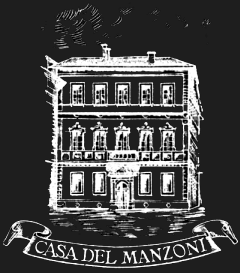Manzoni
Life of Manzoni
1785-1801
.jpg)
On 7 March 1785 Alessandro Manzoni was born in Via San Damiano, Milan, to Giulia Beccaria. Even at the time there was little doubt over the father of the child’s true identity: not Pietro Manzoni, Giulia’s husband, but Giovanni Verri. The young Alessandro was sent out to nurse immediately in Cascina Costa, the austere family home in the Caleotto area of Lecco.
At six years old, on 13 October 1791, Alexander entered Collegio Merate, an institution run by the Somascan Fathers which he would later call a ‘filthy fold.’ Before leaving, his mother Giulia took him to meet his grandfather Cesare Beccaria. It was to be their first and last meeting.
In April 1796, the imminent arrival of Napoleon's troops caused the Merate pupils to be transferred to Lugano, to Collegio di sant’Antonio (also run by the Somascan Fathers). In September 1798 Alessandro entered Collegio dei Nobili (later renamed Collegio Longone), run by the Barnabite Fathers, first in Castellazzo dei Barzi near Magenta, then in Milan. His first meeting with Vincenzo Monti dates back to his college years, in 1799.
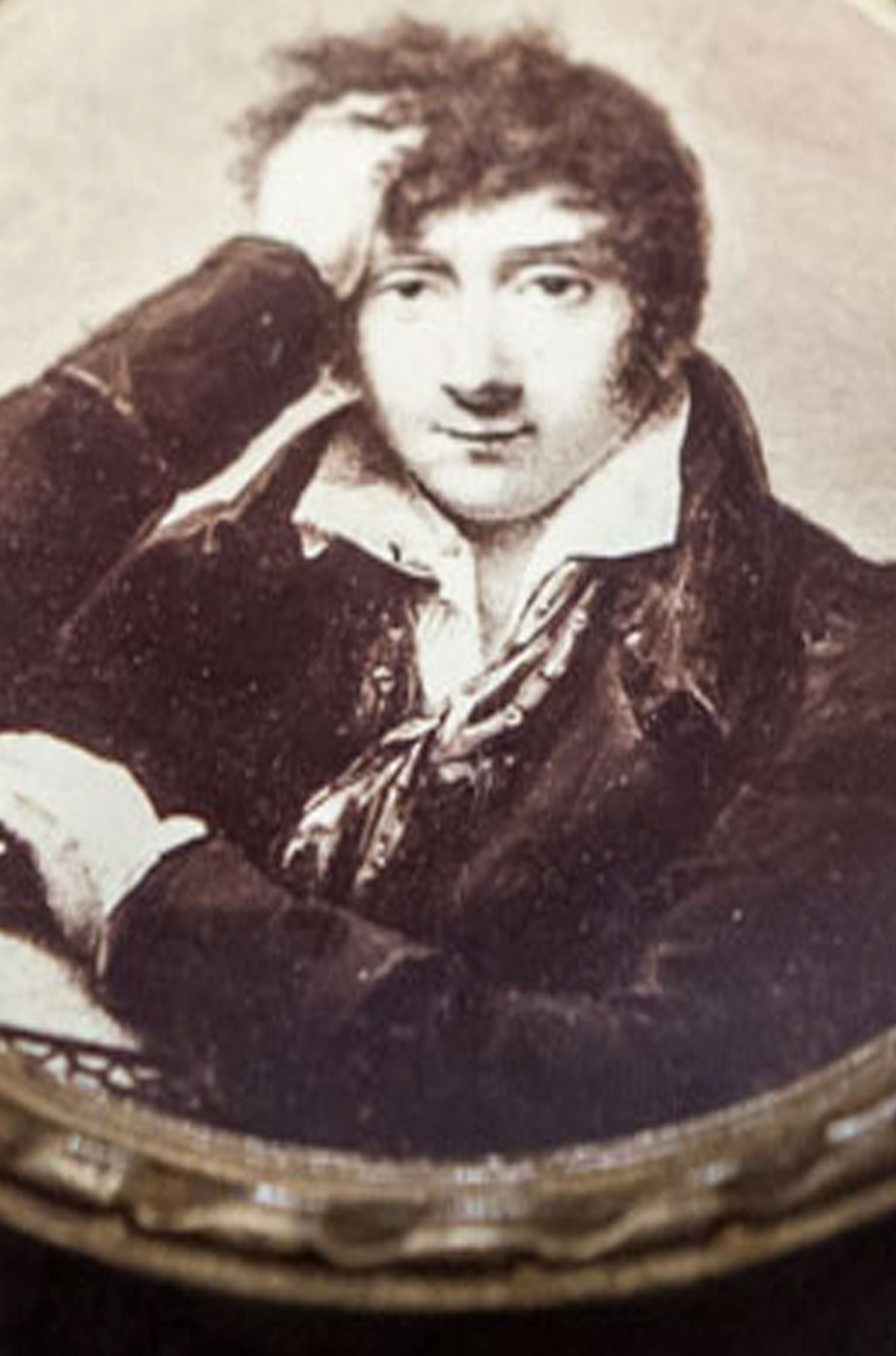
1801-1804
In 1801 Manzoni wrote the poems Del trionfo della libertà and Autoritratto. Having completed his schooling, he left college but still maintained close friendships with Giovan Battista Pagani, Ignazio Calderari and Luigi Arese. He also fell in love, with Luigina Visconti, from the Marquis of San Vito’s family, the sister of his friend Ermes; it was to her that his
Qual sulle Cinzie cime was dedicated.
In October 1802, already highly regarded in the intellectual circles of republican Milan, Manzoni published his sonnet On the ‘Life of Dante’, which served as introduction to Le vite degli eccellenti italiani by the Neapolitan exile Francesco Lomonaco.
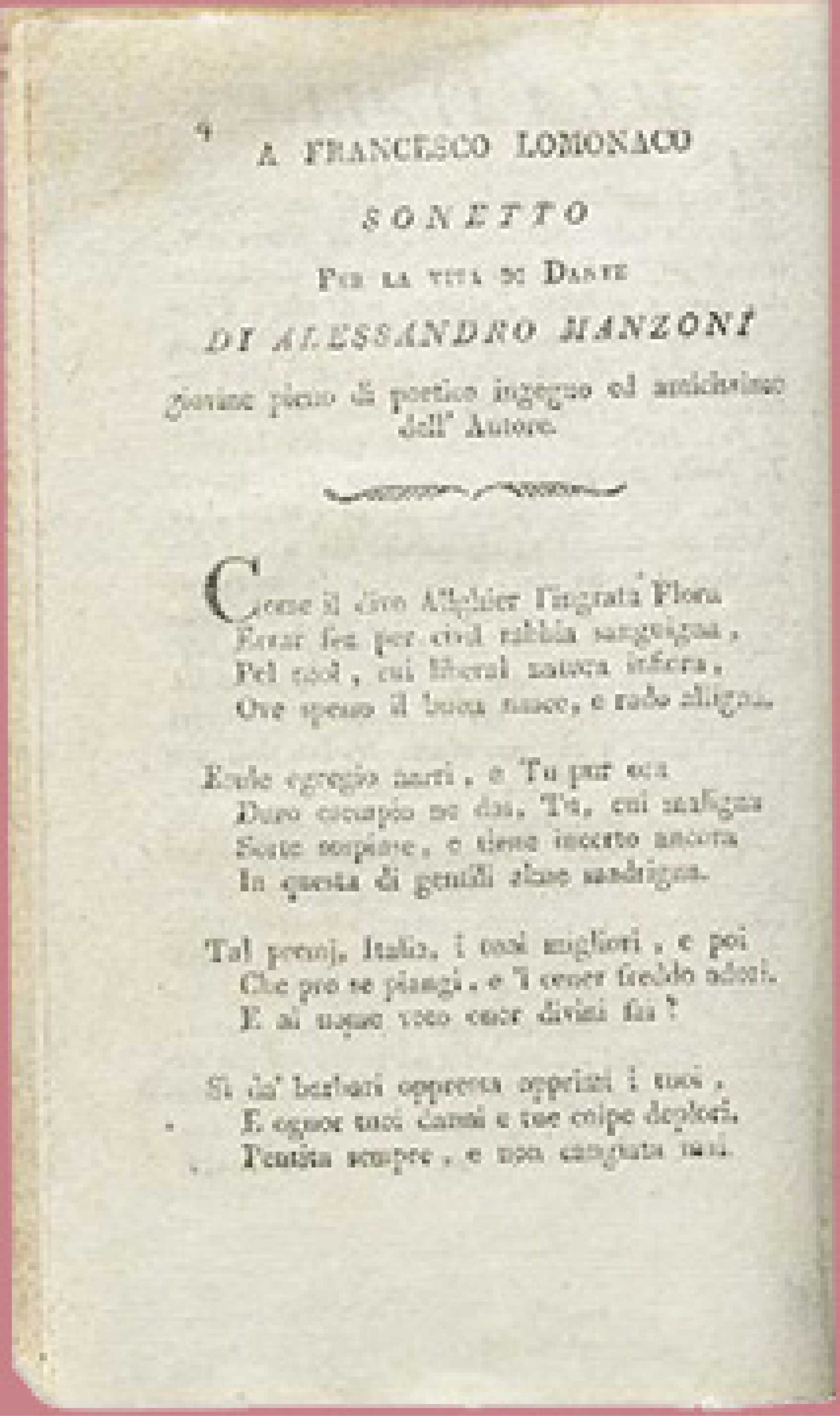
In October 1803, his father moved Alessandro away from 'dissolute and democratic’ Milan, forcing him to go and live in Venice (under Austrian rule at the time) with his cousin Giovanni Manzoni. There he met Isabella Teotochi Albrizzi.
In 1804, following the death of his cousin, he returned to Milan, where he resumed his friendship with Vincenzo Monti, and furthered his acquaintance with Vincenzo Cuoco, who encouraged him in his historical research and to read the works of Giambattista Vico. His Sermoni, written in imitation of Horace, were composed between Venice and Milan.
1805-1809
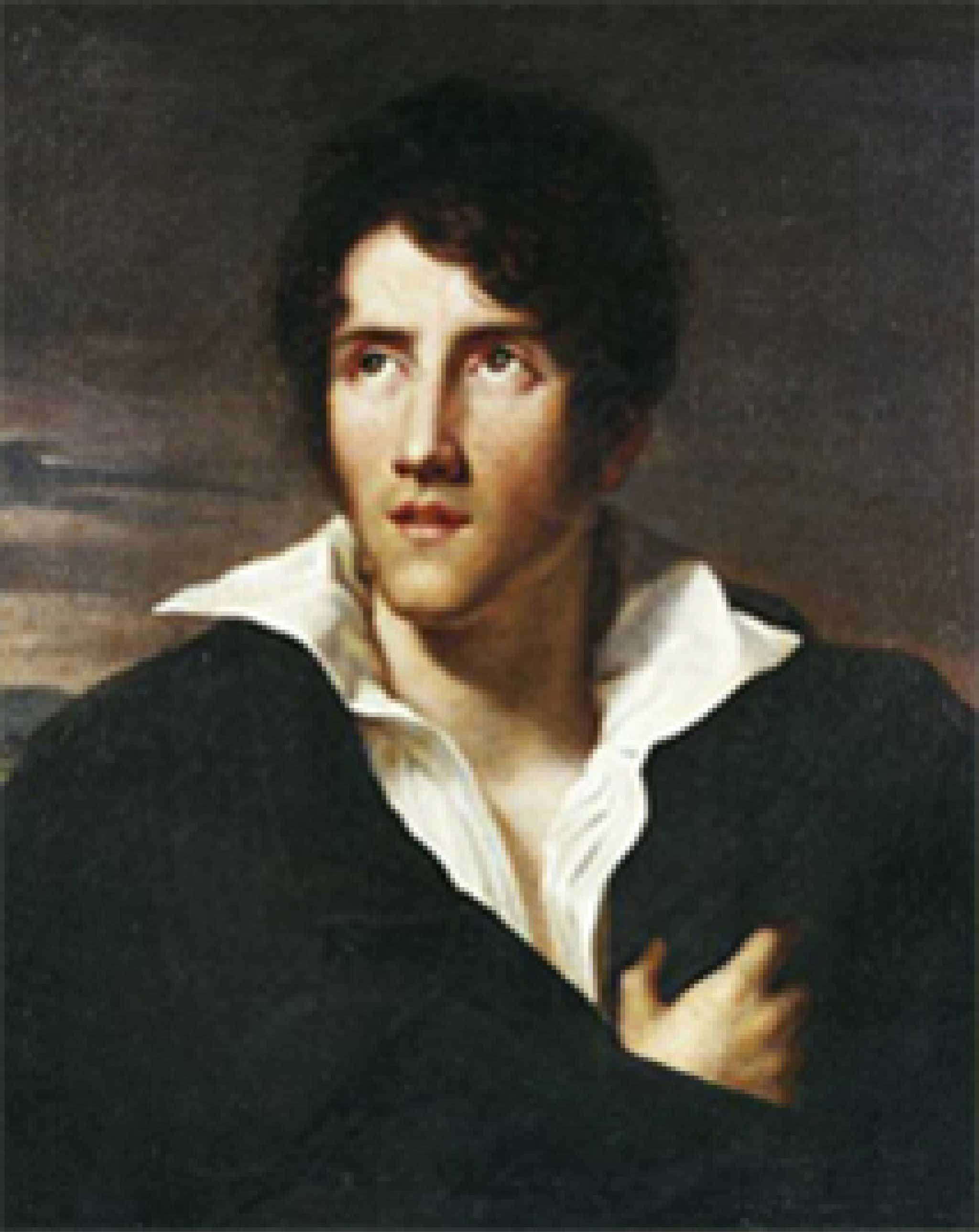
Carlo Imbonati died in Paris on 15 March 1805, leaving his entire estate to Giulia Beccaria. On 12 July Alessandro travelled to meet Giulia in Paris, using the money which his father had given him for the journey. His arrival in Paris had been long anticipated, and together with his mother he began to frequent the social circles of the French capital, and also, in the nearby village of Auteuil, the salon hosted by Madame Helvétius and the doctor Cabanis, one of the most influential philosophers of the idéologues.
He was welcomed, too, to the ‘Maisonette’ in Meulan by Sophie de Condorcet and Claude Fauriel. His friendship with Fauriel, documented in their extensive correspondence and marked by mutual hospitality, was to last until the publication of the 1827 edition of The Betrothed. Manzoni wrote Fauriel his first letter (the only one in Italian) on 9 February 1806, to thank him for his ‘flattering’ review of his Carme in morte di Carlo Imbonati.
In February 1807 Manzoni, with his mother, returned to Italy to see Luigina Visconti, intending to propose to her, only to discover she had married in the meantime. On 18 March his father Pietro died, making Alessandro his sole heir. In the same year in Milan he met Enrichetta Blondel, the ‘angelic creature’ whom Manzoni married, in a Protestant ceremony, on 6 February 1808, in their house at Via del Marino in Milan.
In June of the same year the Manzonis returned to Paris, where on 23 December Claudia Giulia (‘Giulietta’) was born. The child was baptized on 23 August 1809 in a Catholic ceremony, at her father’s wish, surprisingly, following a renewed interest in the religion of his birth in those months. In Milan, Manzoni published his short poem Urania.
1810-1820
On 15 February 1810 Alessandro and Enrichetta were married in a Catholic ceremony in Paris. Following the episode of her husband’s conversion in the church of Saint-Roch, Enrichetta renounced Calvinism sometime between April and May of that year. On 2 June the family left Paris for Milan. They came to stay more frequently at the villa in Brusuglio (Brusù in the Milanese dialect), which they had inherited from Carlo Imbonati, Manzoni finding it to be a place of refreshment and inspiration. It was here that their daughter Luigia Maria Vittorina was born prematurely on 5 September 1811, and died the same day.
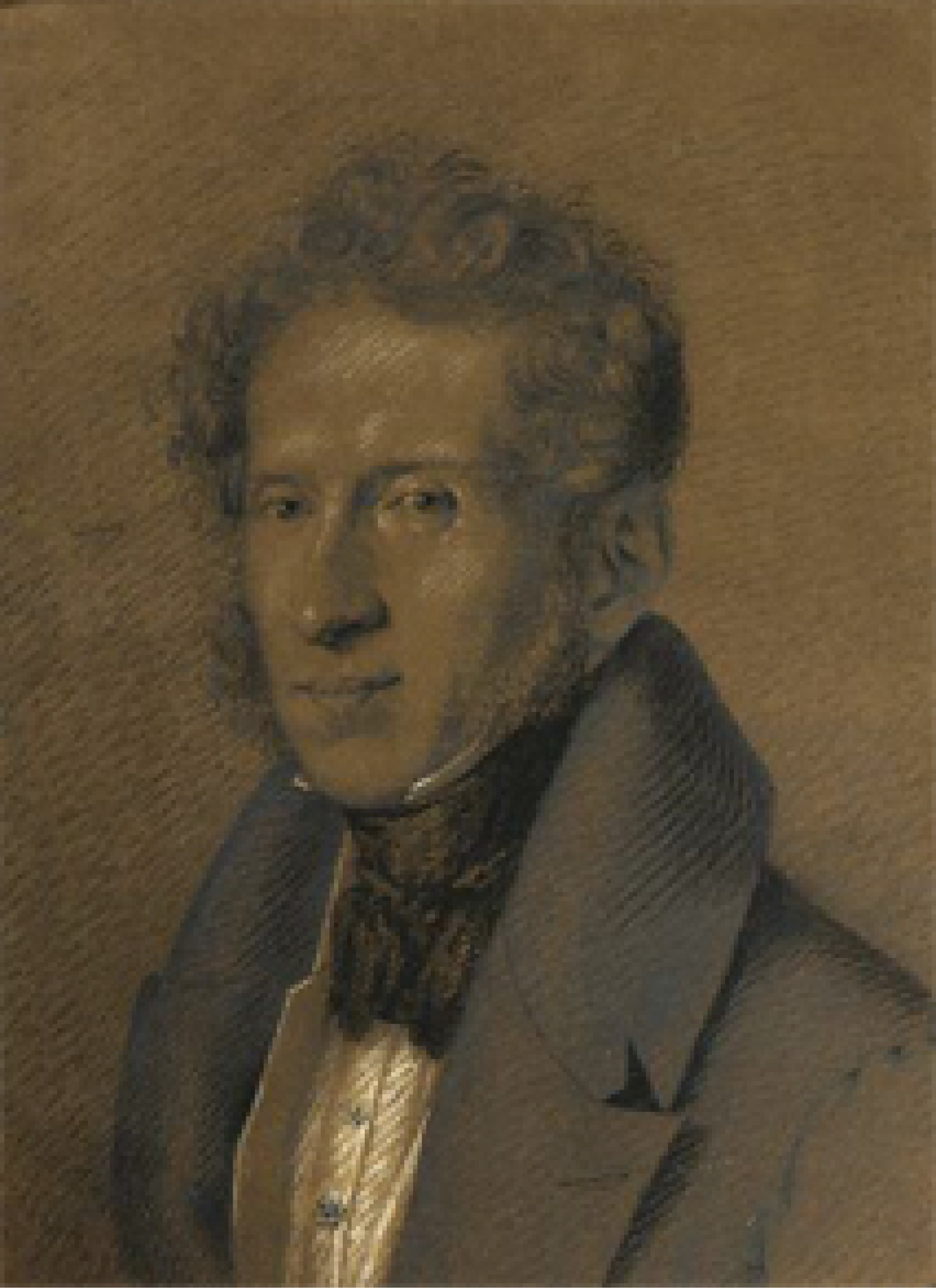
In 1812 the family moved to Palazzo Beccaria, where Manzoni began work on the cycle of Inni Sacri and where, on 21 July 1813, their son Pietro Luigi (‘Pierluigi’ or ‘Pietro’) was born. Also in 1813 Manzoni bought the house in Via del Morone, with money which his wife had inherited.
Historical events in the following years inflamed Manzoni’s patriotic spirit: in 1814, after the Kingdom of Italy fell, he wrote the patriotic poem Aprile 1814, and in April 1815, following Murat’s attempted insurrection, he composed Il proclama di Rimini.
On 23 July his daughter Cristina was born; meanwhile ,the first four Inni Sacri were published. His daughter Sofia was born on 13 November 1817, and his fifth child Enrico on 7 June 1819. In July his Osservazioni sulla morale cattolica were published in Milan. In September Manzoni set off for Paris with the family, where they settled in the noisy Rue de Seine.
In January 1820 Manzoni published The Count of Carmagnola. From Paris he acknowledged the critical response to his tragedy and worked on his Lettre à M. Chauvet. In July he returned to Milan, and despite frequent attacks of nerves, which both his wife and mother described in their letters, in October began work on a first draft of Adelchi.
1821-1827
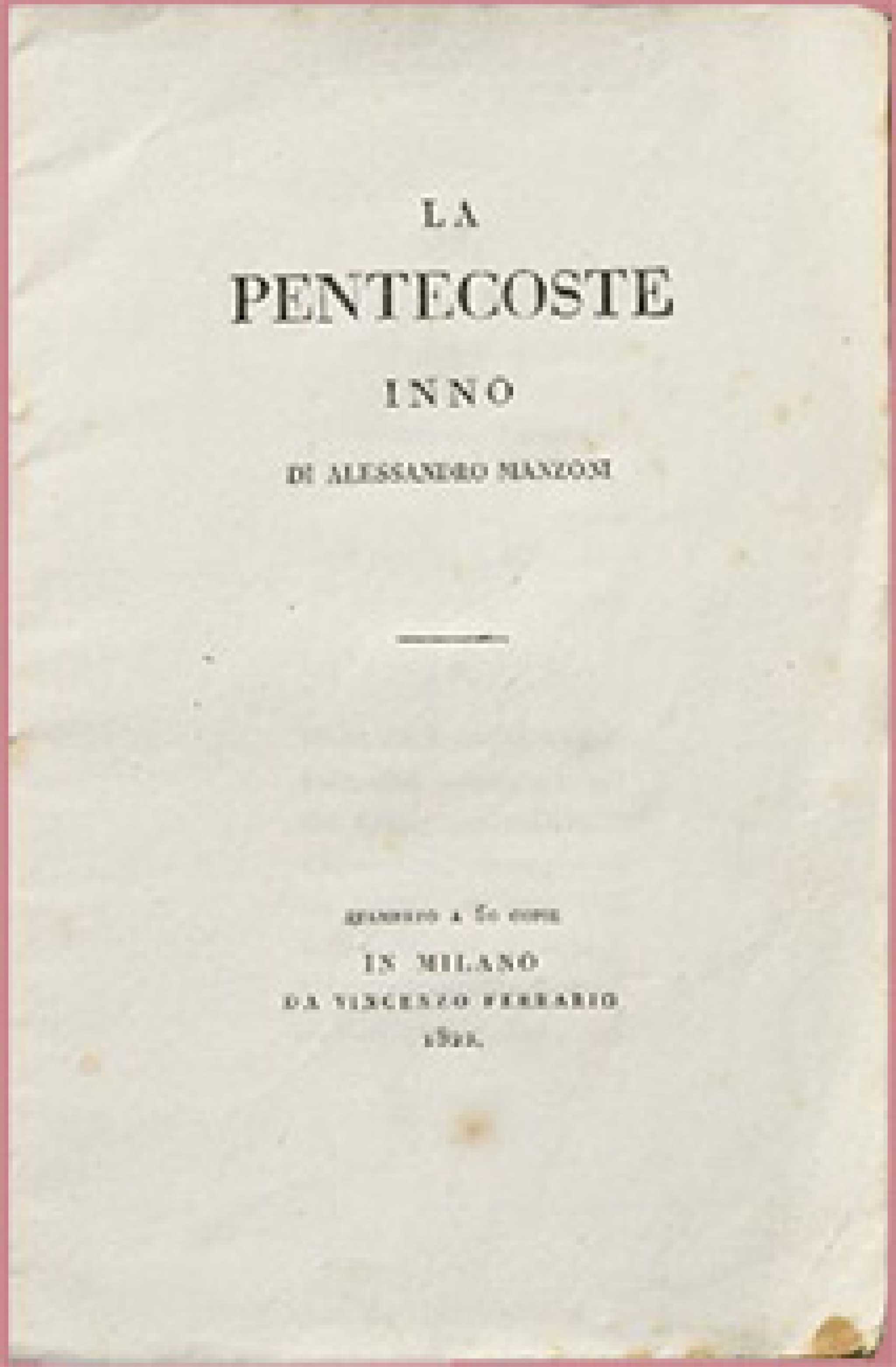
In March 1821, following the Piedmontese uprising, Manzoni composed Marzo 1821. On 24 March he started writing a novel, known at this stage by the title Fermo e Lucia. Between 18 and 20 July he composed Il Cinque Maggio in one sitting; less than a month later, on 12 August, his daughter Clara was born.
After the birth of his daughter Vittoria on 17 September 1822, Manzoni published the tragedy Adelchi in Milan, along with the historical treatise entitled Discorso sopra alcuni punti della storia longobardica in Italia and the hymn La Pentecoste.
The early months of 1823 saw the publication in Paris of the two tragedies prefaced and translated by Fauriel, and the Lettre à M.C[hauvet] sur l’unité de temps et de lieu dans la tragédie, with a review by Goethe. On 1 August his daughter Clara died. On 17 September he completed the first draft of Fermo e Lucia and began the tortured process of revising it (the so-called‘seconda minuta’), which was printed in 1825-26 and published in 1827. A few days later, on 22 September, he composed a letter On Romanticism which he addressed to the Marquis Cesare d’Azeglio. Il Cinque Maggio, meanwhile, was published ‘officially’ for the first time, in Turin.
On 18 March his son Filippo was born. Niccolò Tommaseo introduced Manzoni to Antonio Rosmini.
In 1827 his Opere poetiche were published in Jena, with a preface by Goethe, and on 15 June the three volumes of The Betrothed went on sale. A month later Manzoni and his family left Milan for Florence. Here he began a linguistic revision of his novel, and met with the Grand Duke Leopold II, Vieusseux, Capponi, Giordani and Leopardi. In October he returned to Milan.
1828-1847
The 1830s began with a happy event, the birth of Manzoni’s daughter Matilde on 13 July 1830, but were overshadowed by the deaths of Enrichetta, who passed away on 25 December 1833, and their firstborn Giulietta, who died on 20 September 1834. In memory of his wife, he started writing an unplanned sacred hymn, Natale 1833, on 14 March 1835, which remained unfinished.
Possibly feeling ‘the curse of lonesome woe’ (as Cesare Cantù called it), Manzoni remarried on 2 January 1837. His new wife was Teresa Borri, left a widow by Count Stampa. In the meantime, the success of his novel brought famous visitors to his door, such as Balzac, whose visit in 1837 resulted in mutual incomprehension, and the British statesman, W.E.Gladstone, the following year.
The first instalments of the definitive, illustrated edition of The Betrothed were published in November 1840.
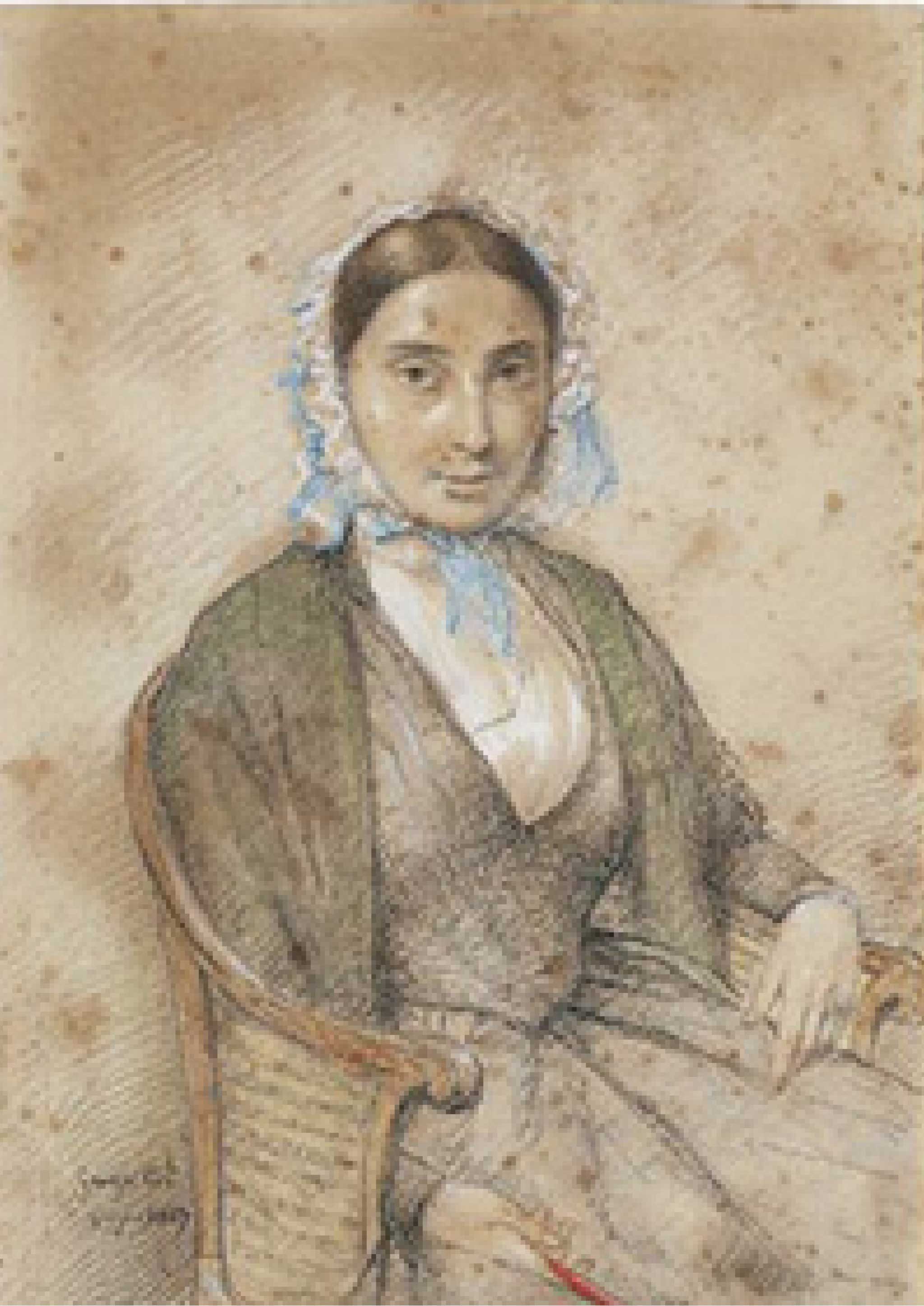
New bereavements befell the family, with the death of their daughter Cristina on 27 May 1841, and of Giulia Beccaria on 7 July 1841.
In November 1842 he published the Storia della Colonna Infame, at the same time an addition to and negation of The Betrothed.
One year after being run over by a coach, Claude Fauriel died, alone, on 15 July 1844.
The marriage with Teresa produced twin girls, born on 18 February 1845: one stillborn, the other survived a few hours longer. On 31 March Manzoni’s daughter Sofia died. The first instalments of the Opere Varie appeared in Milan, the full publication being completed in 1855.
On 26 February 1847 Manzoni wrote his famous letter on the Italian language addressed to Giacinto Carena, and on 17 October commenced work on the sacred hymn Ognissanti, which was to remain unfinished.
1848-1859
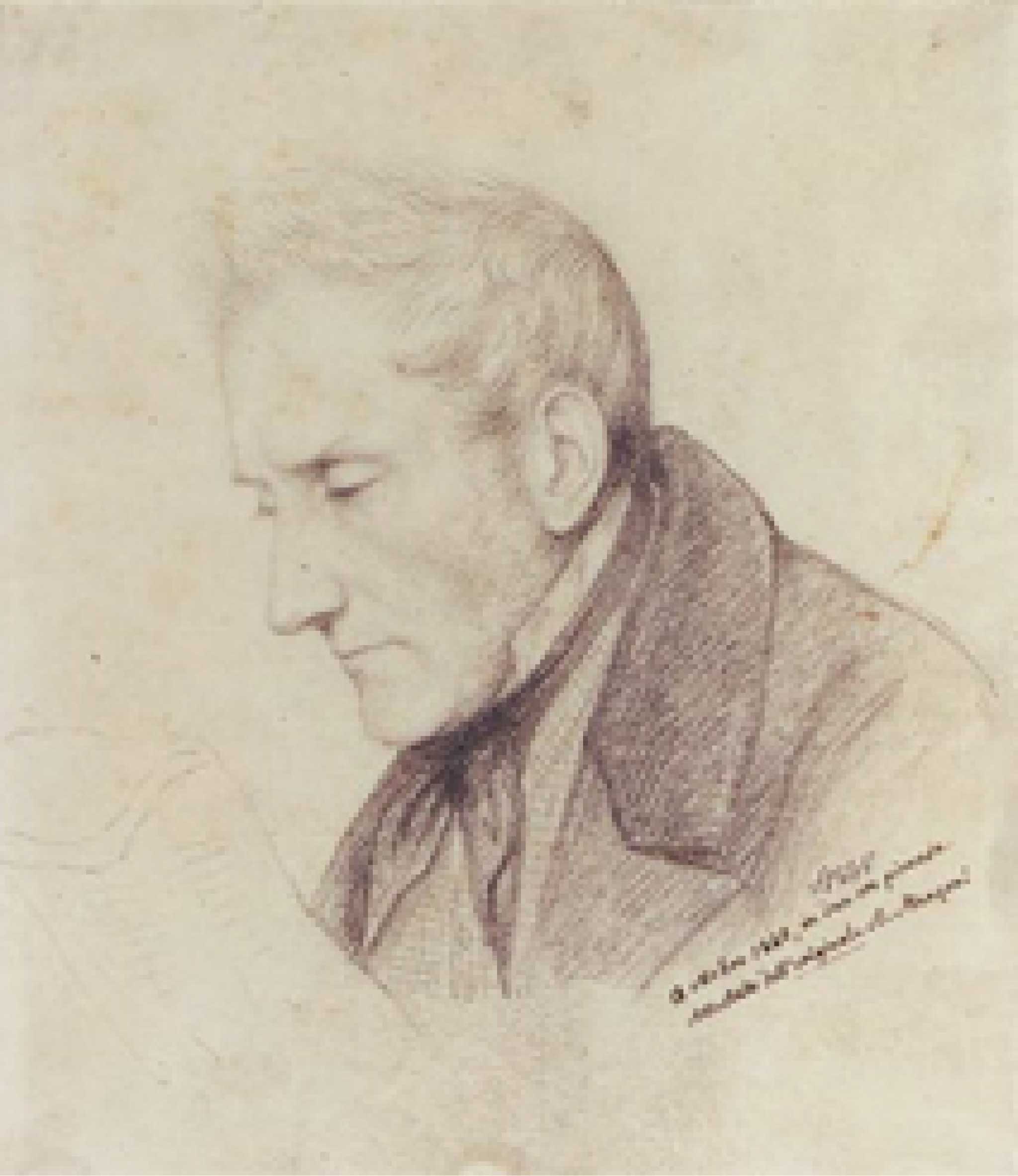
On 18 March his son Filippo enlisted in the Civil Guard. He was arrested by the Austrians and imprisoned until mid-June. In March Manzoni signed the petition by the Milanese citizens to Carlo Alberto. He published Marzo 1821 and Il Proclama di Rimini in a pamphlet, with the proceeds going to the Venetian refugees. Towards the end of July he moved to Lesa, where he stayed until autumn 1850.
The dialogue Dell’invenzione was conceived in Lesa, in 1850, the result of his closer links with Antonio Rosmini.
From late September to early October 1852 Manzoni went to stay with his daughter Vittoria in Tuscany.
The end of the following year saw the death of his friend, the writer Tommaso Grossi, who in 1822 had taken over two rooms in the house in Via Morone where he lived until May 1837, moving out possibly as the result of a disagreement with Teresa.
Manzoni suffered another bereavement three years later, on 1 July 1855, with the death of his friend, the philosopher Antonio Rosmini, whom he had known since 1826. The second edition of the Morale Cattolica was also published.
A year later bereavement struck once again: on 30 March 1856 his daughter Matilde died of consumption. In August Manzoni went to stay in Tuscany once again, where he met with Gino Capponi and other intellectuals.
On 30 June 1859, after Milan had been freed from Austrian rule, Manzoni was appointed president of the Istituto Lombardo di Scienze Lettere e Arti. On 9 August Vittorio Emanuele awarded him the Gran Cordone dell’Ordine dei SS. Maurizio e Lazzaro.
1860-1873
In February 1860 Manzoni was visited by Cavour and by Vittorio Emanuele. On 29 February he was made Senator of the Kingdom by Vittorio Emanuele II, and on 27 June he swore an oath in Turin, after which he supported the bill proposing that Vittorio Emanuele be proclaimed king of Italy. On 23 August his second wife Teresa died.
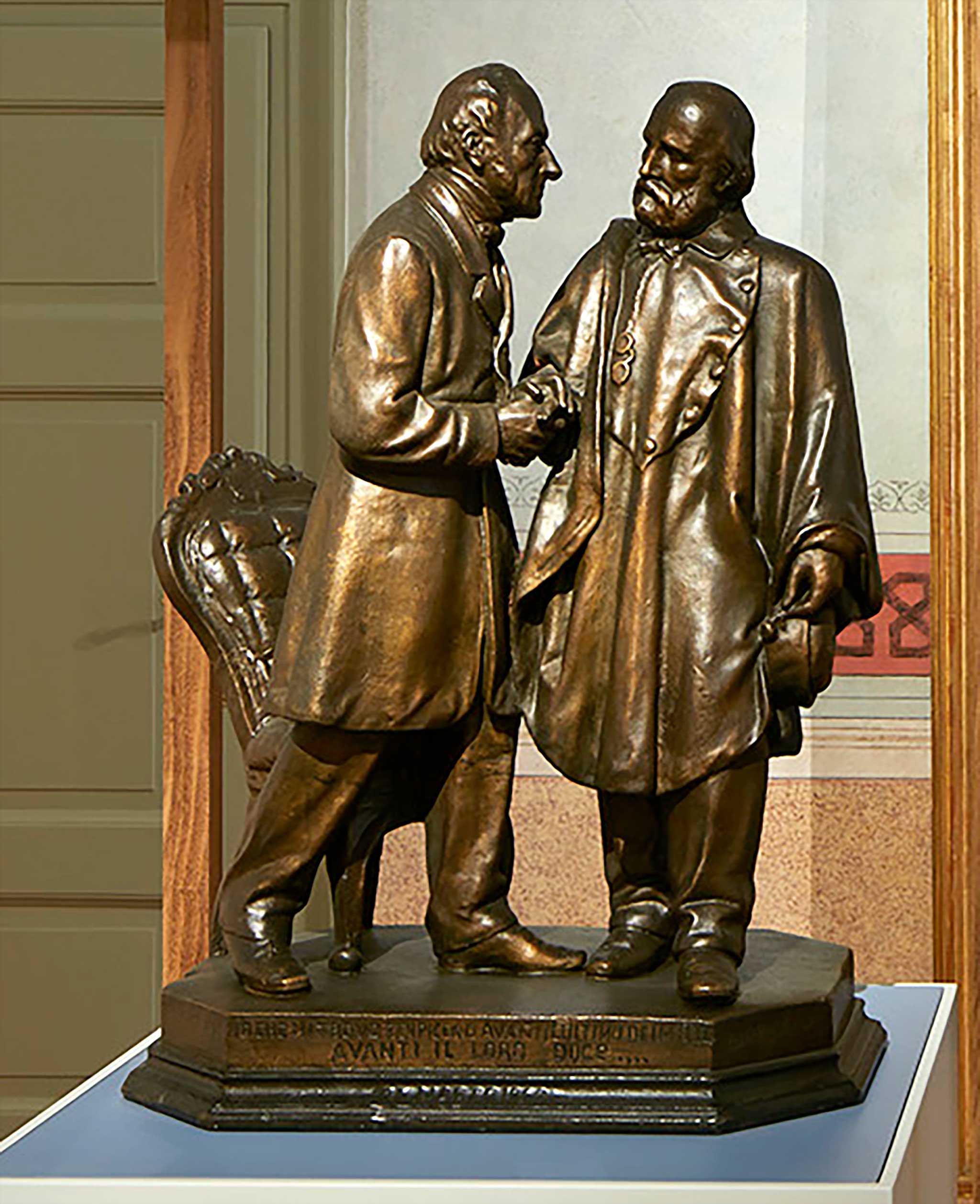
On 26 March 1862 Garibaldi went to meet Manzoni, the latter confessing to feeling ‘very small before even the least of the Thousand and smaller still before their Leader’.
Before Rome was liberated, on 10 December 1864 he voted for the capital city to be transferred provisionally from Turin to Florence.
In February 1868, following the death of his son Filippo, he compiled and published a report for the Italian Minister of Education, Emilio Broglio, entitled Dell’unità della lingua e dei mezzi per diffonderla. On 30 June he was visited by Giuseppe Verdi.
In 1869 he published an Appendice alla Relazione intorno all’unità della lingua e ai mezzi per diffonderla.
Following the breach of Porta Pia, on 28 June 1872 he was awarded honorary citenzship of Rome, much to the indignation of Catholic circles.
In the beginning of 1873 he had a fall on the steps of the Chiesa di San Fedele, resulting in a serious head injury which left him very poorly.
Less than a month after the death of his son Pietro, on 28 April 1873, Manzoni, who had confided to his daughter Vittoria that he would not be able to last even a month if Pietro were to die, passed away on 22 May in the house in Via Morone. On 29 May a solemn funeral ceremony was held in the Duomo of Milan; Verdi was too upset to attend, but on 22 May 1874 he marked the first anniversary of Manzoni’s death with the Requiem Mass.
The sections on the Life of Manzoni, Works, and The Manzoni Family were written by Jone Riva, with the assistance of Sabina Ghirardi
The sections on the Life of Manzoni, Works, and The Manzoni Family were written by Jone Riva, with the assistance of Sabina Ghirardi.
